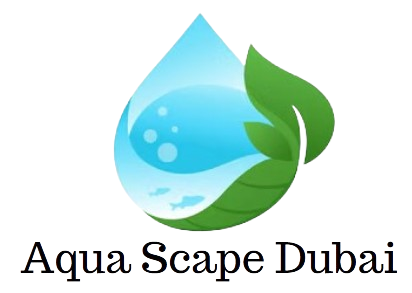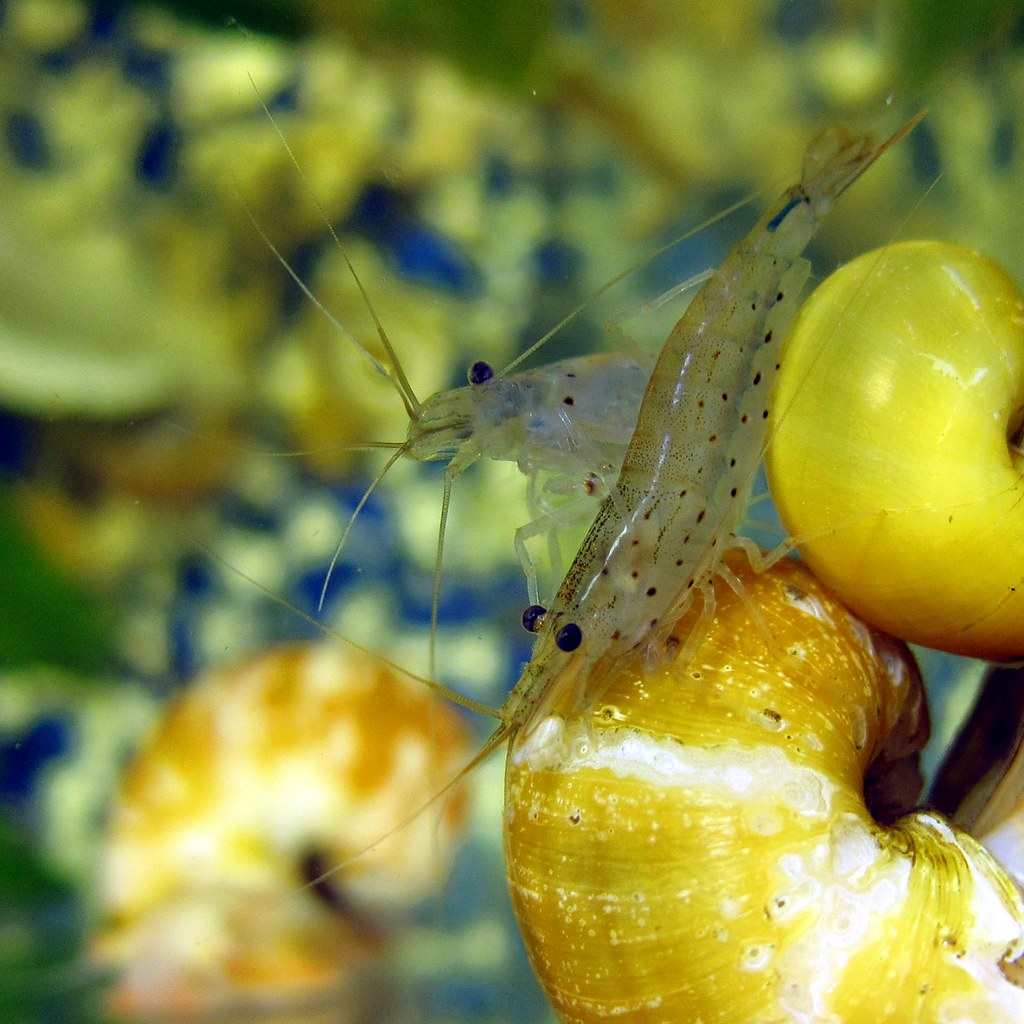Do Ghost Shrimps eat Algae in Your Aquarium?
Ghost shrimp, with their omnivorous nature, play a vital role in maintaining a healthy aquarium environment. Their diet consists of a variety of food sources, including small invertebrates, detritus, and leftover fish food. However, they also have a penchant for consuming algae. Algae can be a nuisance in aquariums, causing water quality issues and detracting from the overall aesthetics of the tank. Ghost shrimp help to alleviate this problem by actively grazing on algae, keeping its growth in check.
By consuming algae, ghost shrimp contribute to the overall cleanliness and balance of the aquarium ecosystem. They help prevent excessive algae growth, which can lead to oxygen depletion and nutrient imbalances in the water. Additionally, their constant grazing activity helps to control the accumulation of organic debris, reducing the likelihood of harmful bacteria and other pathogens from proliferating.
While ghost shrimp do eat algae, it is important to note that they may not be able to completely eradicate all types of algae in the aquarium. Some species of algae, such as hair algae or stubborn green spot algae, may require additional measures to control. In such cases, it is recommended to implement a combination of manual removal, water parameter adjustments, and the introduction of algae-eating fish or other invertebrates.
Feeding Habits of Ghost Shrimp
In their natural habitat, ghost shrimp scavenge for food, consuming a variety of organic matter and microorganisms. In an aquarium setting, they will eat algae if it is available. However, it is important to note that ghost shrimp alone may not be able to keep excessive algae growth in check, especially in larger aquariums or if the algae growth is particularly rapid.
Ghost shrimp are not specialized algae eaters like some other species of shrimp, such as Amano shrimp or Nerite snails. These specialized algae eaters have adaptations that allow them to efficiently consume and control algae growth. Ghost shrimp, on the other hand, have a more diverse diet and will consume algae as part of their overall feeding habits.
Aside from algae, ghost shrimp are opportunistic feeders, meaning they will consume whatever food is available to them. In an aquarium, they will eagerly consume fish flakes, pellets, and even live or frozen foods such as brine shrimp or bloodworms. Their ability to scavenge for food makes them excellent cleaners, as they will eat leftover food, decaying plant matter, and even small dead animals.
When it comes to feeding ghost shrimp in an aquarium, it is important to provide a varied diet to ensure their nutritional needs are met. While they can survive on algae alone, supplementing their diet with other foods will promote their overall health and vitality. Additionally, providing a varied diet will mimic their natural feeding habits and keep them engaged and active in the aquarium.
One way to provide a varied diet for ghost shrimp is to offer a mix of dry and live or frozen foods. Dry foods such as fish flakes or pellets can be the staple of their diet, as they are readily available and provide essential nutrients. However, it is important to remember that dry foods may not provide the same level of stimulation as live or frozen foods.
Live or frozen foods can be offered as occasional treats or as a supplement to their diet. These foods not only provide additional nutrients but also simulate their natural feeding behavior. Watching ghost shrimp hunt and consume live or frozen foods can be an exciting and enriching experience for aquarium enthusiasts.
It is worth noting that ghost shrimp are relatively small creatures, so it is important to provide appropriately sized food. Crushing or breaking up larger flakes or pellets can make them more manageable for the shrimp to consume. Similarly, live or frozen foods should be appropriately sized to prevent waste and ensure the shrimp can consume them easily.
Other ways to prevent Algae in your Aquascape
Chemical Treatments
In some cases, when algae growth becomes severe and other measures are not effective, chemical treatments can be used as a last resort. Algaecides are available in the market and can be used to kill and control algae. However, it is important to use these treatments with caution, as they can also harm beneficial bacteria and other organisms in the aquarium. Always follow the instructions provided by the manufacturer and monitor the water parameters closely after treatment.
Regular Maintenance
Maintaining a regular cleaning and maintenance schedule is crucial in controlling algae growth. This includes cleaning the aquarium glass, removing any visible algae, and vacuuming the substrate to remove excess waste and debris. Regular water testing should also be conducted to ensure that the water parameters are within the appropriate range for the fish and plants in the aquarium.
Avoid Overfeeding
Overfeeding can lead to an accumulation of uneaten food and excess nutrients in the water, which can promote algae growth. It is important to feed your fish only the amount they can consume within a few minutes and remove any uneaten food promptly. By avoiding overfeeding, you can help maintain a healthy balance in the aquarium and prevent algae from taking over.
Consider Adding More Aquatic Plants
Aquatic plants not only add beauty to the aquarium but also help in controlling algae growth. They compete with algae for nutrients and can absorb excess nutrients from the water, limiting the availability of resources for algae. Additionally, plants produce oxygen during photosynthesis, which can benefit the fish and other organisms in the aquarium. Adding more plants will keep algae under control.
Monitor Water Parameters
Regularly monitoring the water parameters is essential in maintaining a healthy aquarium environment. Algae growth can be influenced by factors such as temperature, pH, and nutrient levels. By keeping these parameters in check and making necessary adjustments, you can create an environment that is less favorable for algae growth.
Patience and Persistence
Controlling algae in an aquarium requires patience and persistence. It may take some time to find the right balance of lighting, nutrients, and maintenance practices that work for your specific aquarium. Be consistent in your efforts and make adjustments as needed. With time and dedication, you can successfully control algae growth and maintain a beautiful and thriving aquarium.
Conclusion
Ghost shrimp are valuable additions to any aquarium due to their ability to consume algae. Their omnivorous diet, which includes algae, helps to maintain a clean and balanced ecosystem. However, it is essential to strike a balance in the aquarium’s algae levels, as excessive growth can still occur. Regular monitoring, proper feeding, and implementing appropriate measures will ensure that ghost shrimp thrive and effectively contribute to the overall health and beauty of the aquarium.

